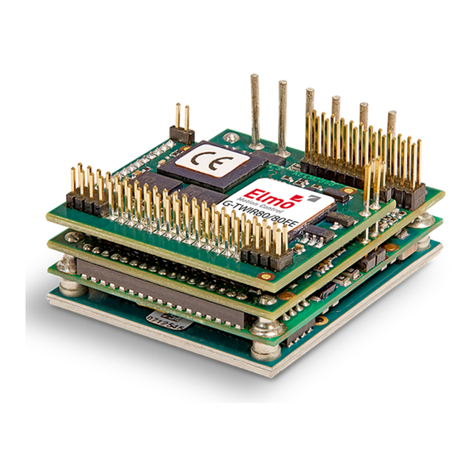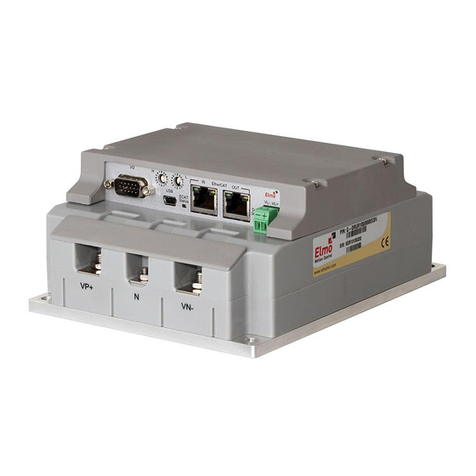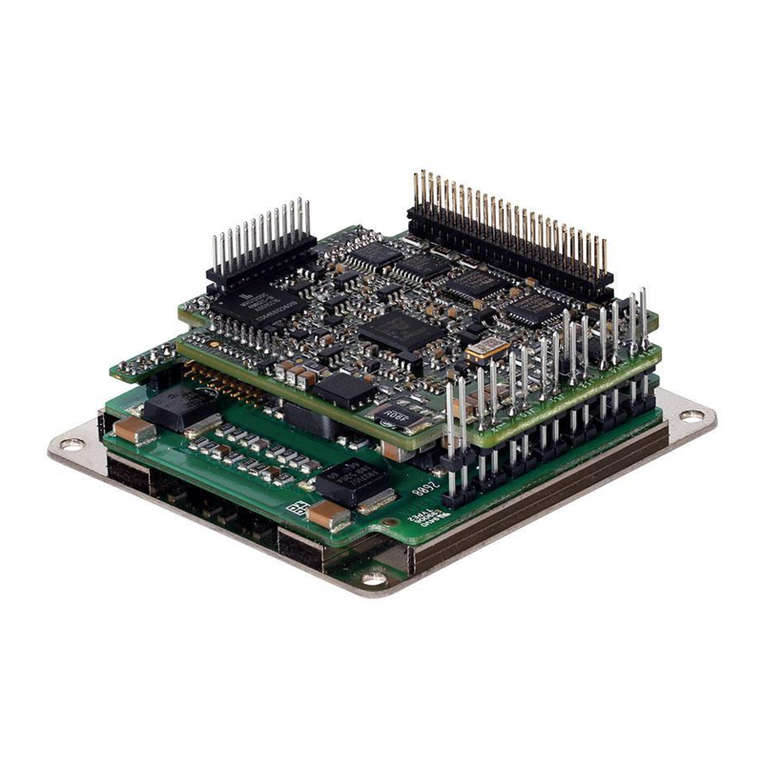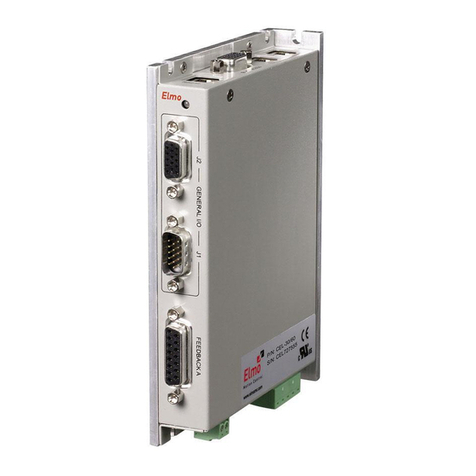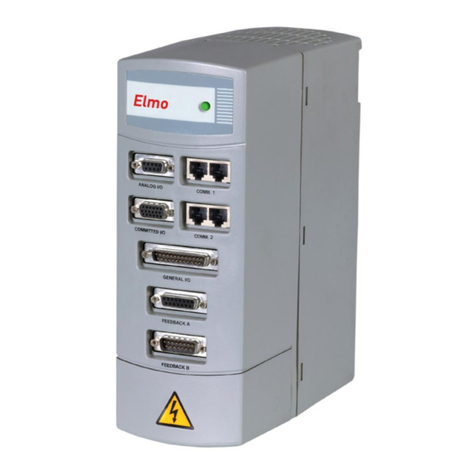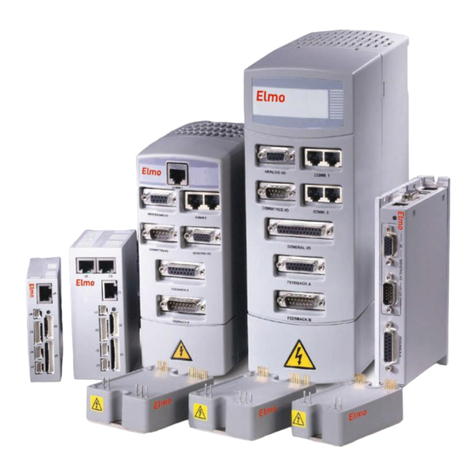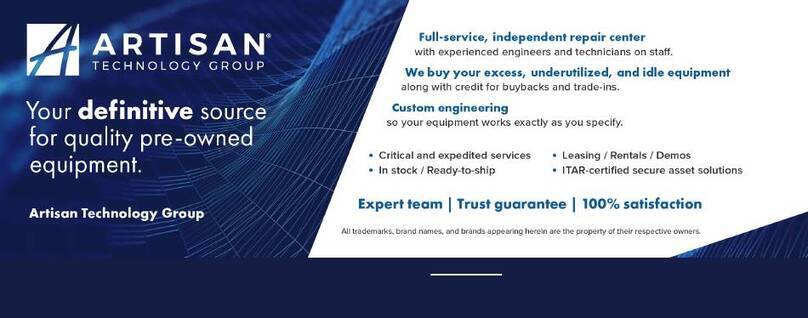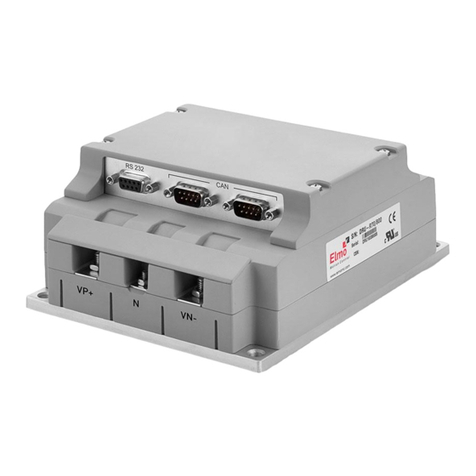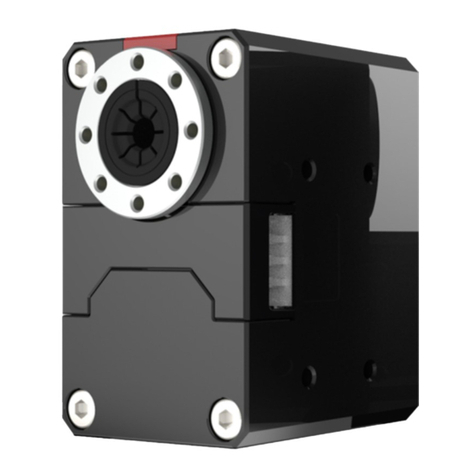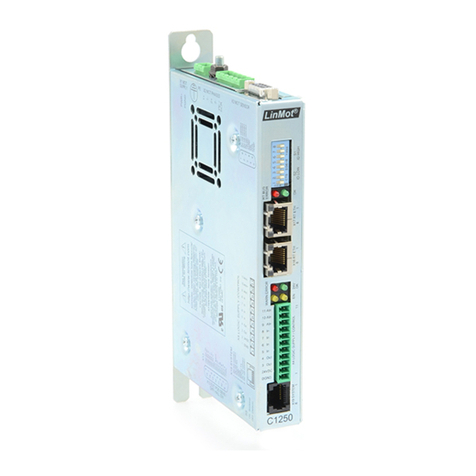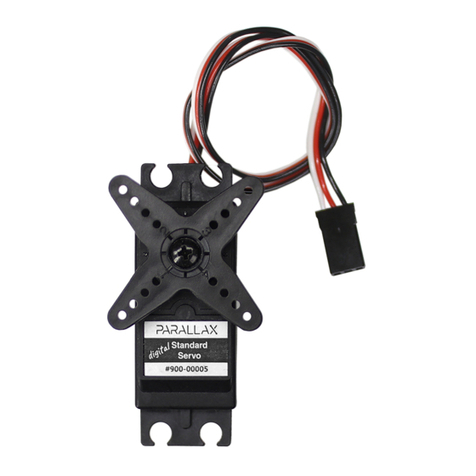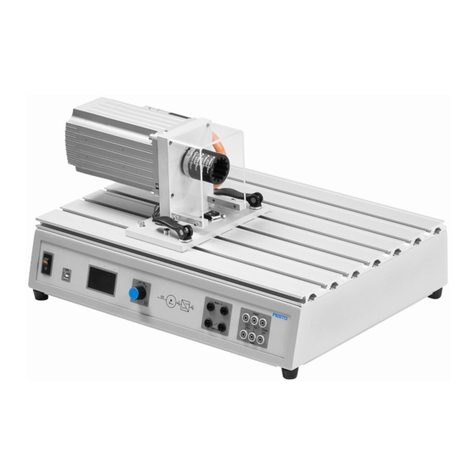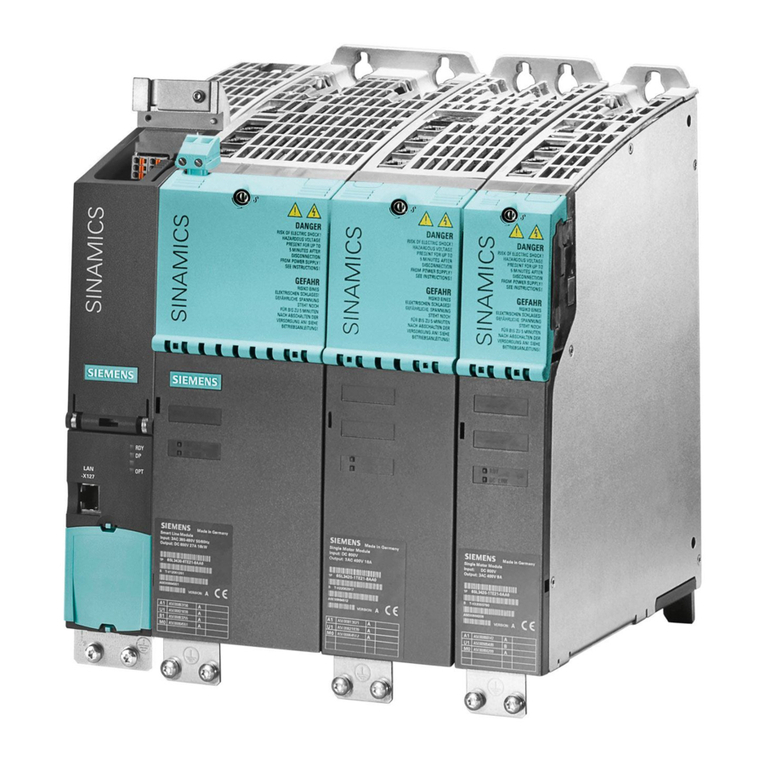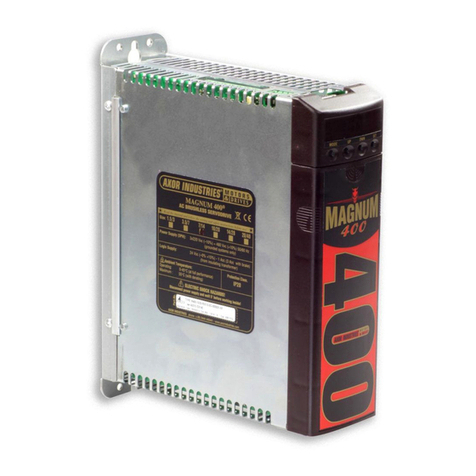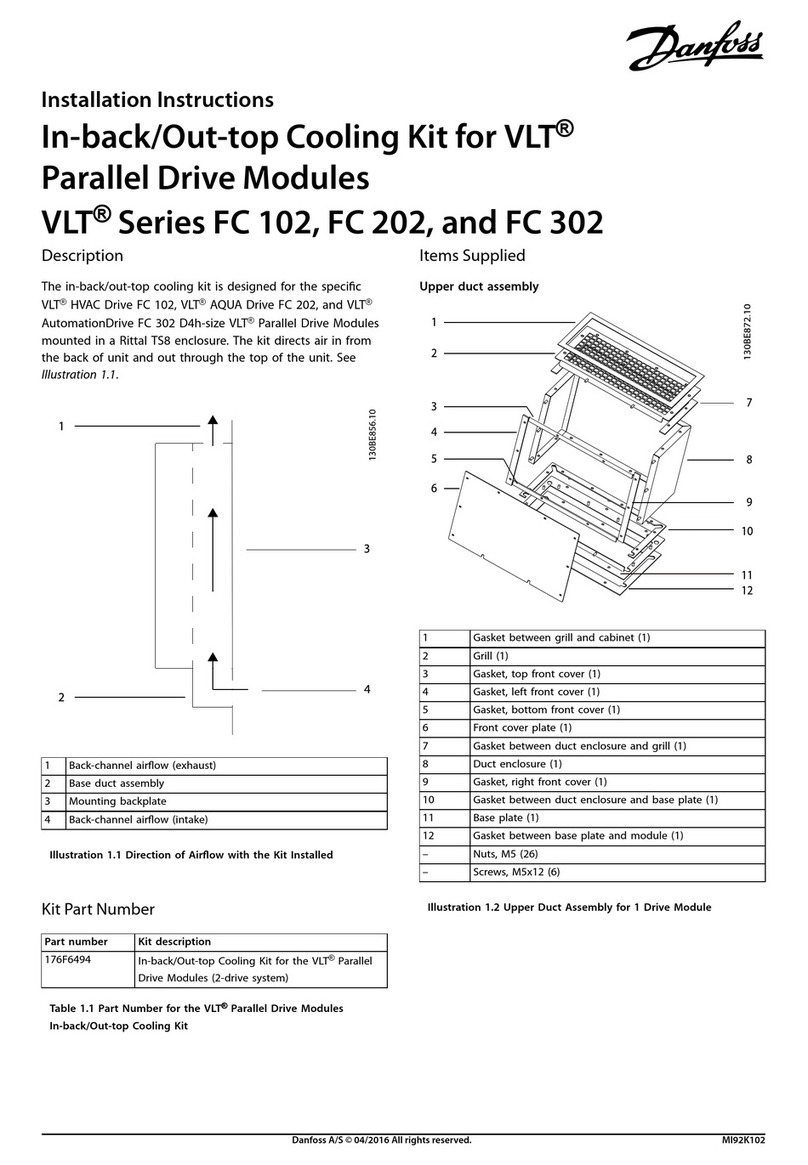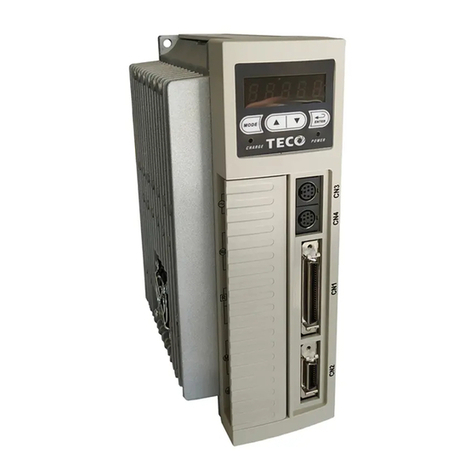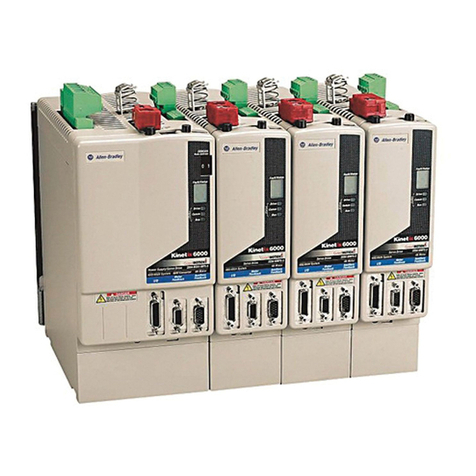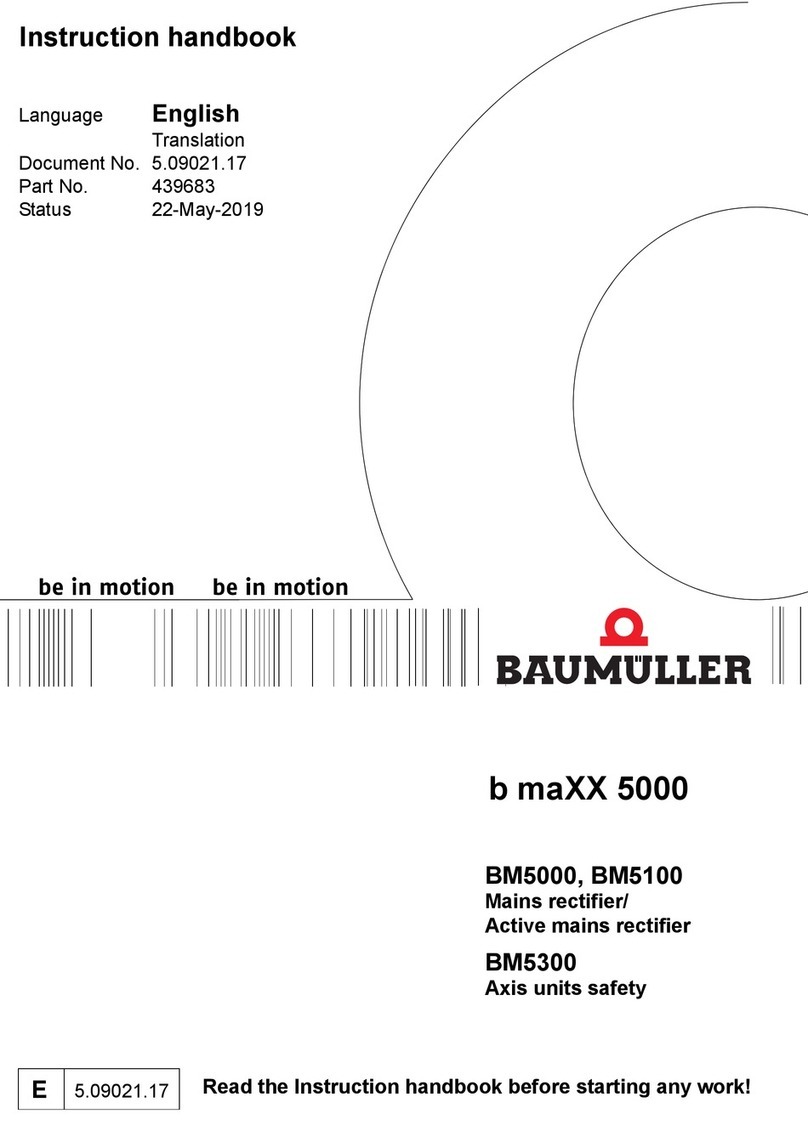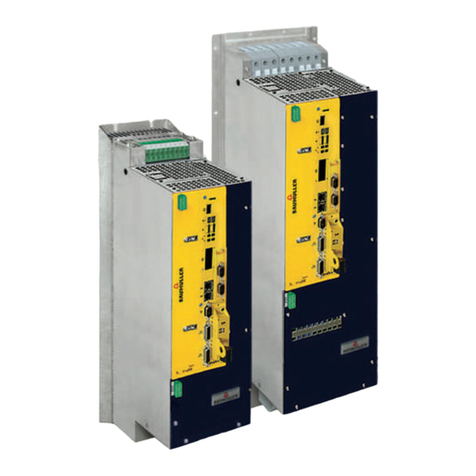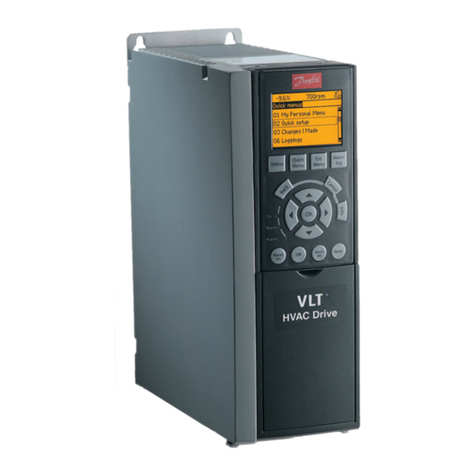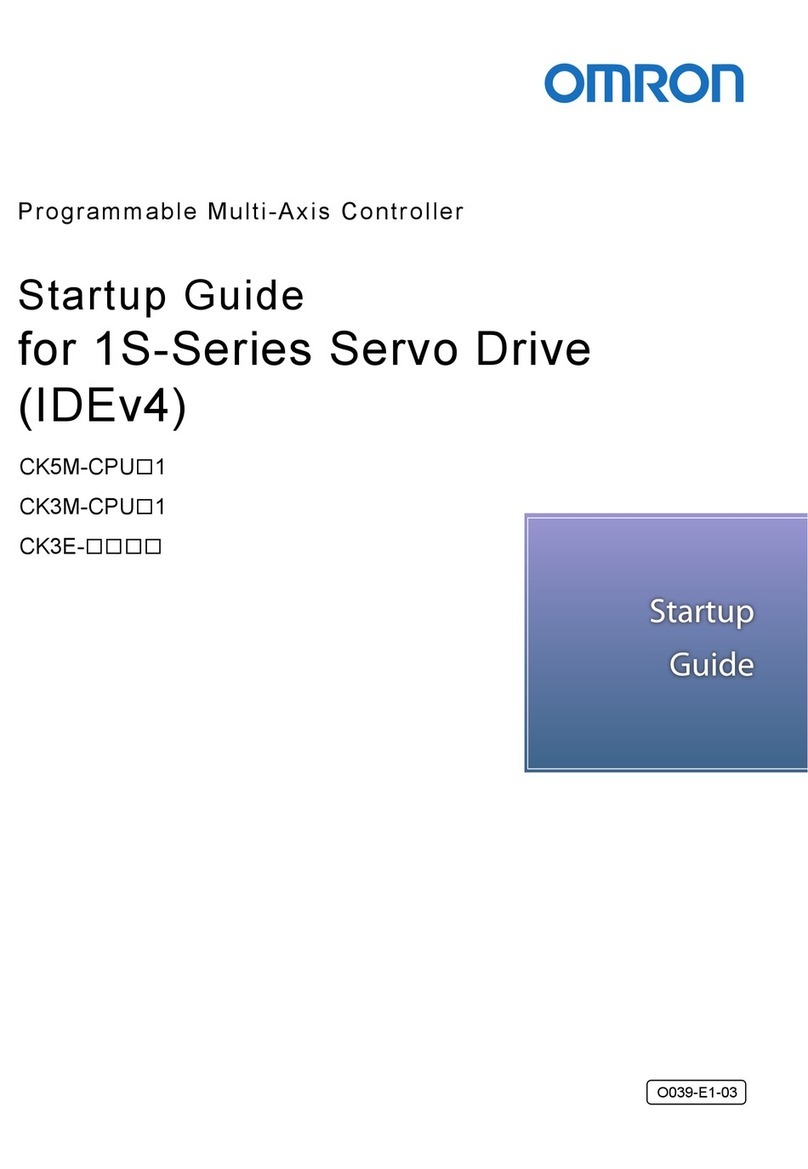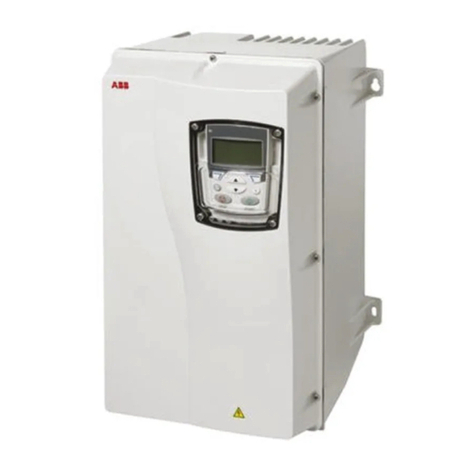
Cello Installation Guide Table of Contents
MAN-CELIG (Ver. 1.6) 6
3.4.8. I/O Cables ................................................................................................. 46
3.4.8.1. General I/O Port (J1)................................................................ 46
3.4.8.2. General Input Port (J2) ............................................................ 48
3.4.9. Communication Cables............................................................................. 50
3.4.9.1. RS-232 Communication ........................................................... 50
3.4.9.2. CANopen Communication ....................................................... 51
3.5. Powering Up ............................................................................................................ 53
3.6. Initializing the System.............................................................................................. 53
Chapter 4: Technical Specifications ............................................................................ 54
4.1. Features................................................................................................................... 54
4.1.1. Motion Control Modes ............................................................................. 54
4.1.2. Advanced Positioning Motion Control Modes ......................................... 54
4.1.3. Advanced Filters and Gain Scheduling...................................................... 54
4.1.4. Fully Programmable.................................................................................. 54
4.1.5. Feedback Options ..................................................................................... 55
4.1.6. Input/Output ............................................................................................ 55
4.1.7. Built-In Protection .................................................................................... 56
4.2. Cello Dimensions ..................................................................................................... 57
4.3. Power Ratings.......................................................................................................... 58
4.4. Environmental Conditions....................................................................................... 58
4.5. Cello Connections.................................................................................................... 59
4.5.1. Backup Supply (Optional) ......................................................................... 60
4.6. Control Specifications.............................................................................................. 60
4.6.1. Current Loop............................................................................................. 60
4.6.2. Velocity Loop ............................................................................................ 61
4.6.3. Position Loop ............................................................................................ 61
4.7. Feedbacks ................................................................................................................ 62
4.7.1. Feedback Supply Voltage.......................................................................... 62
4.7.2. Incremental Encoder Input....................................................................... 62
4.7.3. Digital Halls ............................................................................................... 63
4.7.4. Interpolated Analog (Sine/Cosine) Encoder ............................................. 63
4.7.5. Resolver .................................................................................................... 64
4.7.6. Tachometer............................................................................................... 64
4.7.7. Potentiometer .......................................................................................... 65
4.7.8. Encoder Outputs....................................................................................... 65
4.8. I/Os .......................................................................................................................... 65
4.8.1. Digital Input Interfaces ............................................................................. 66
4.8.2. Digital Output Interface............................................................................ 67
4.8.3. Analog Input ............................................................................................. 68
4.9. Communications...................................................................................................... 68
4.10. Pulse-Width Modulation (PWM)............................................................................. 68
4.11. Mechanical Specifications ....................................................................................... 68
4.12. Compliance with Standards..................................................................................... 69
